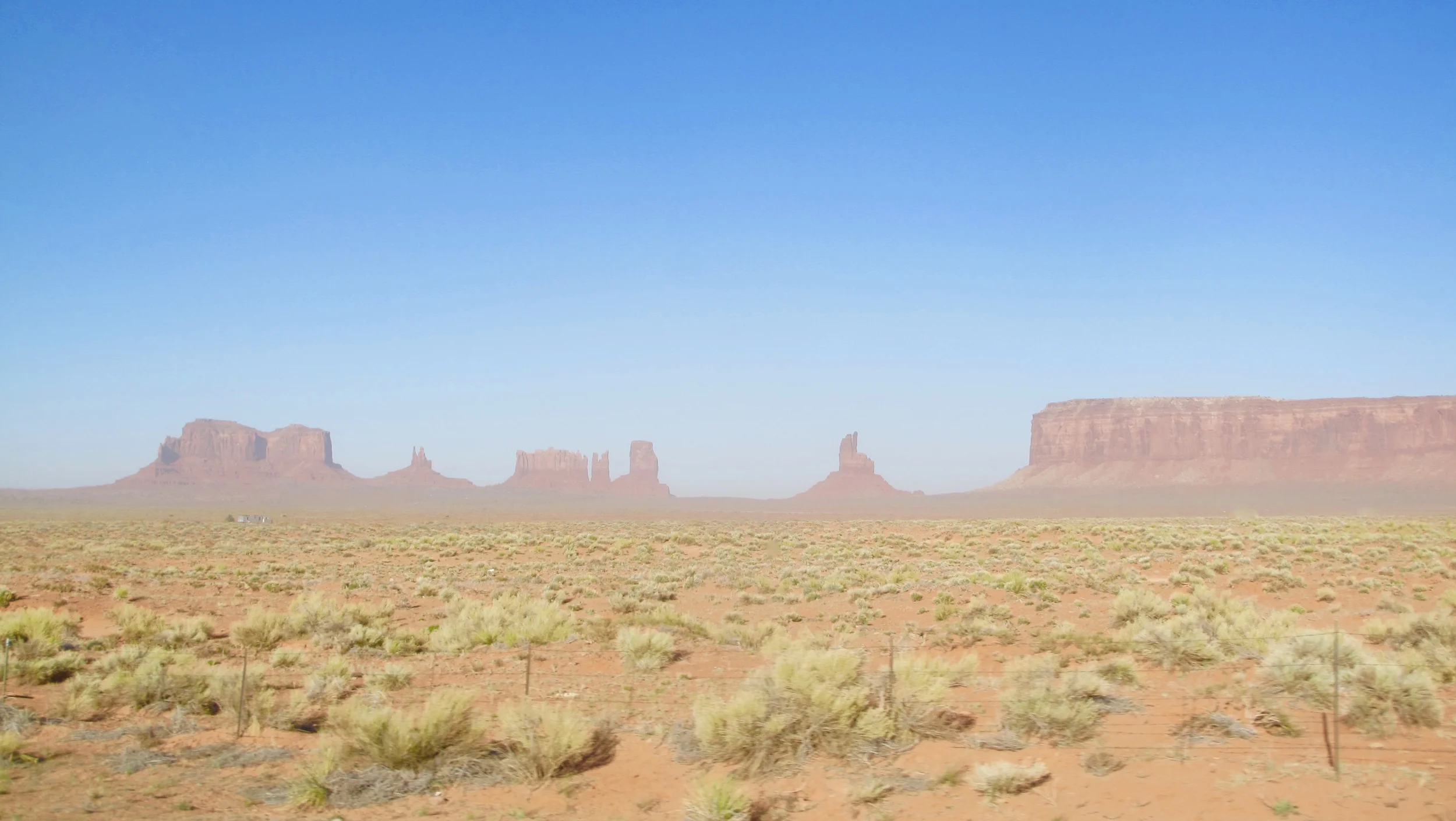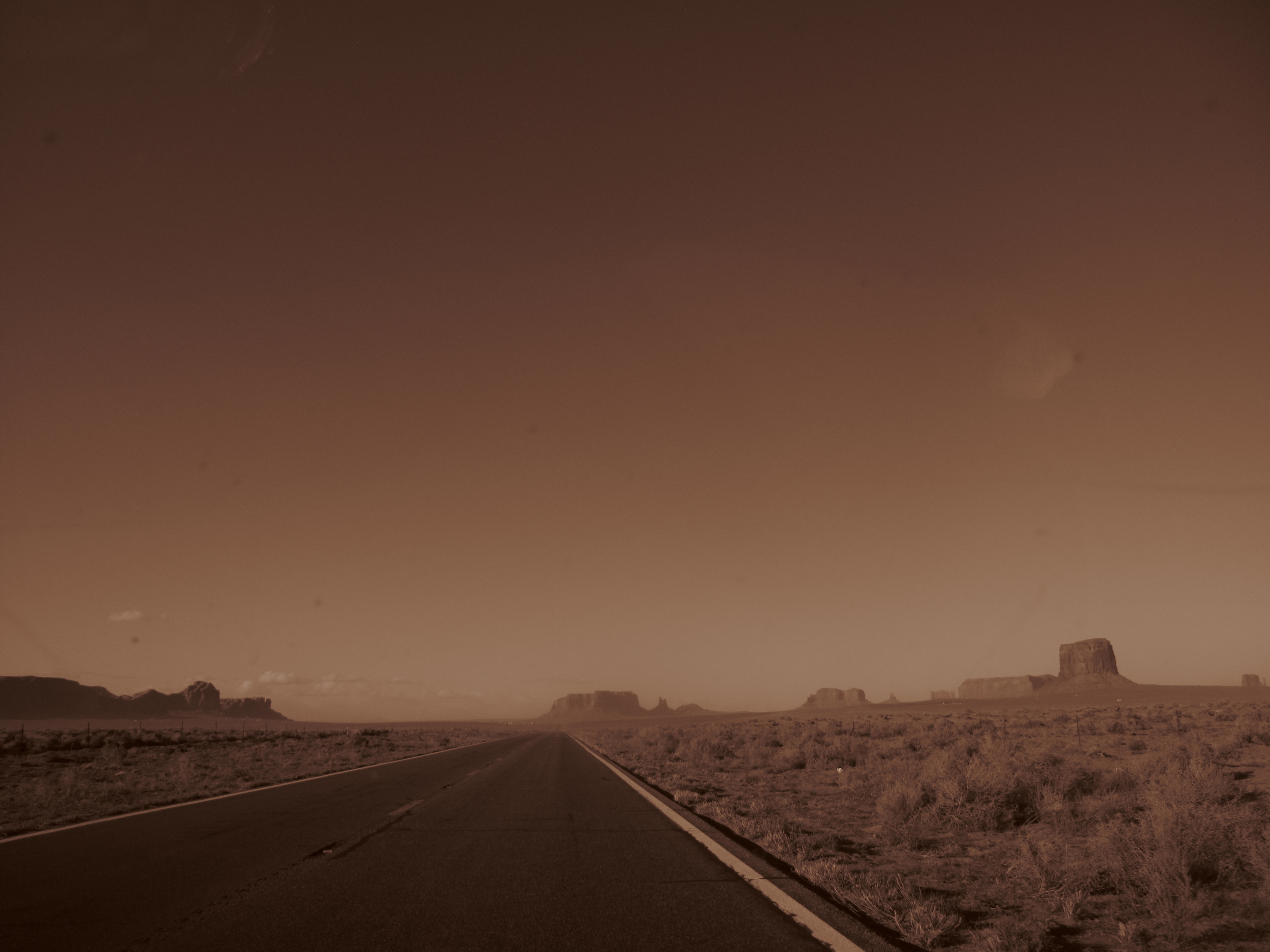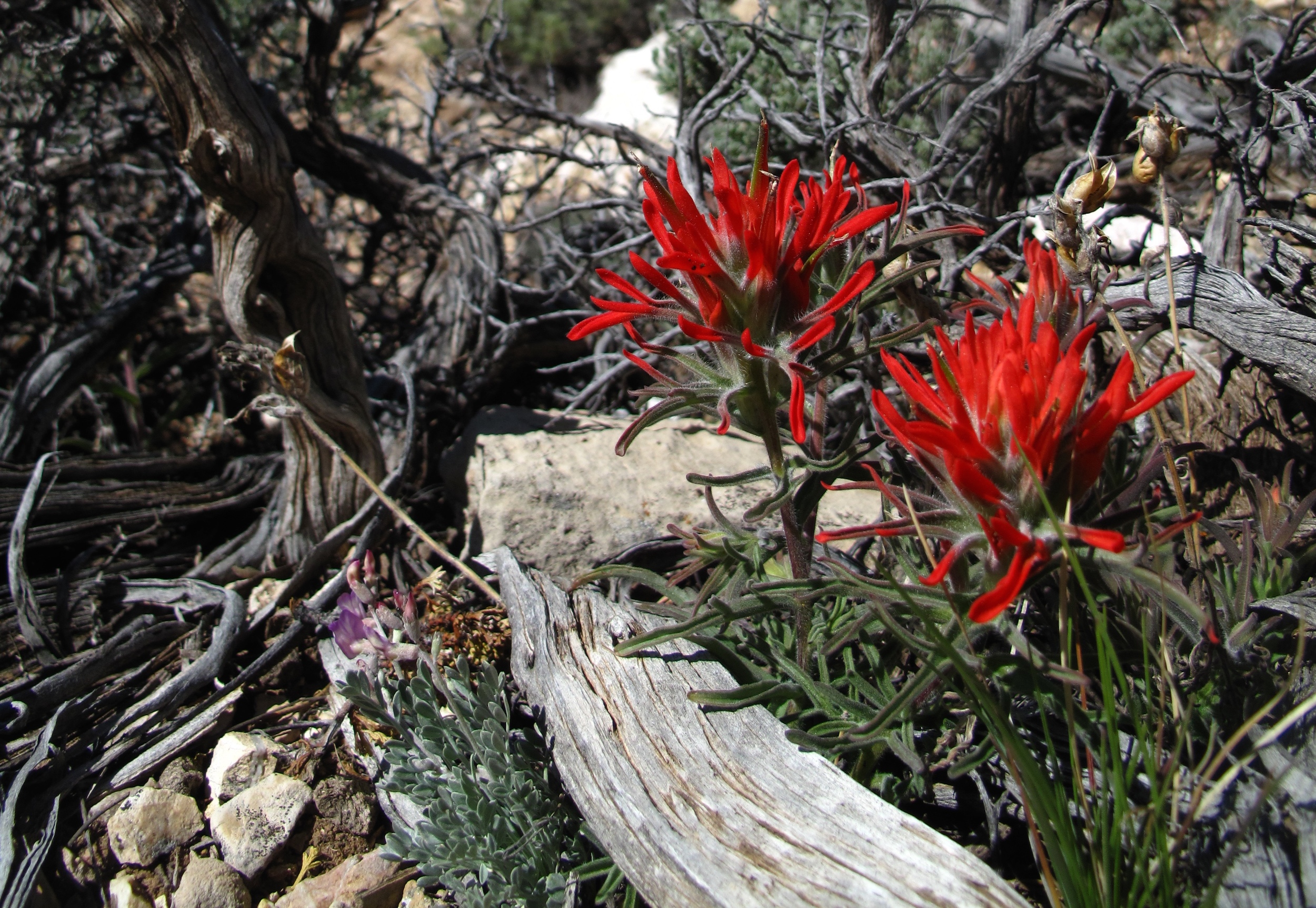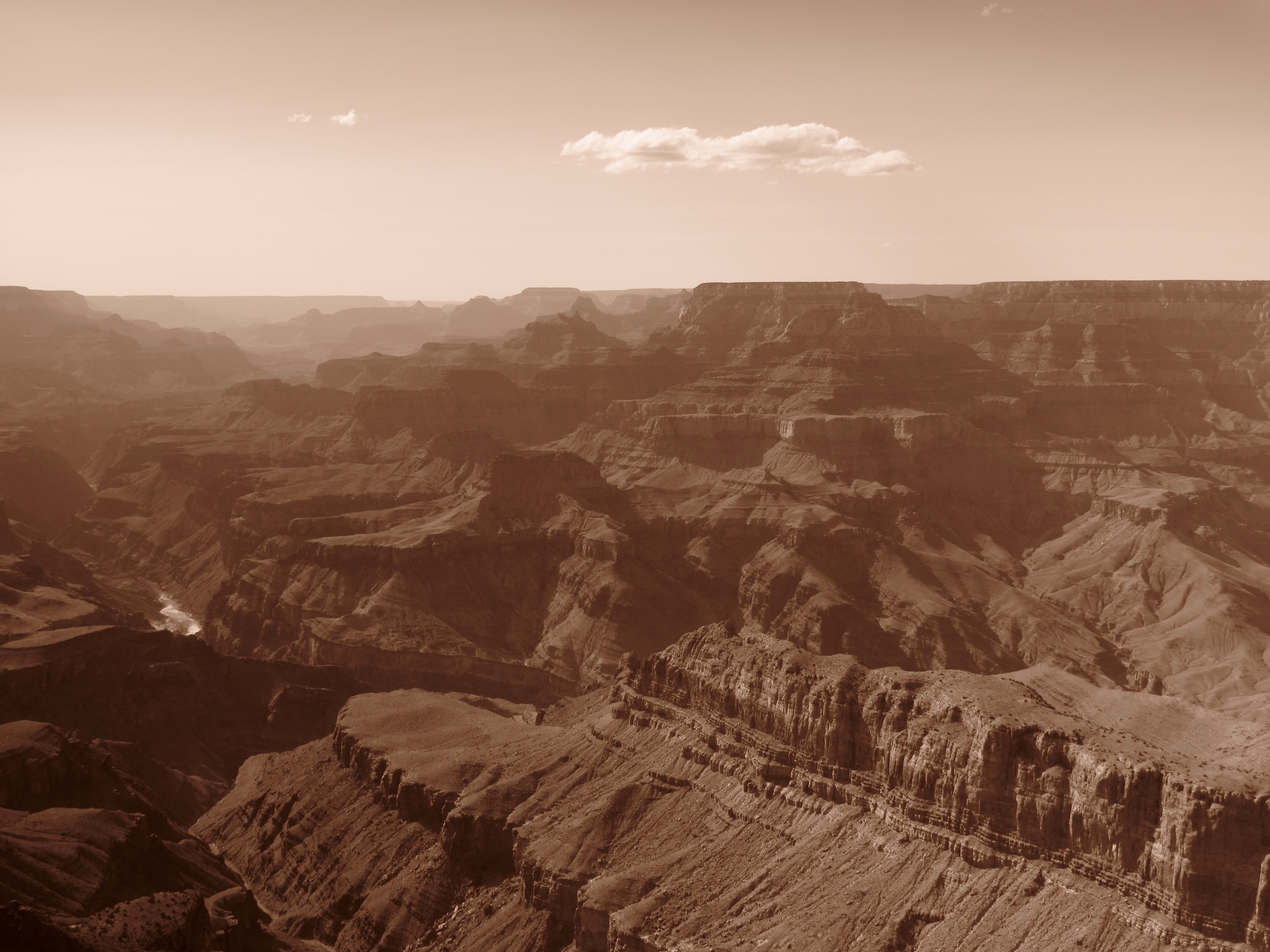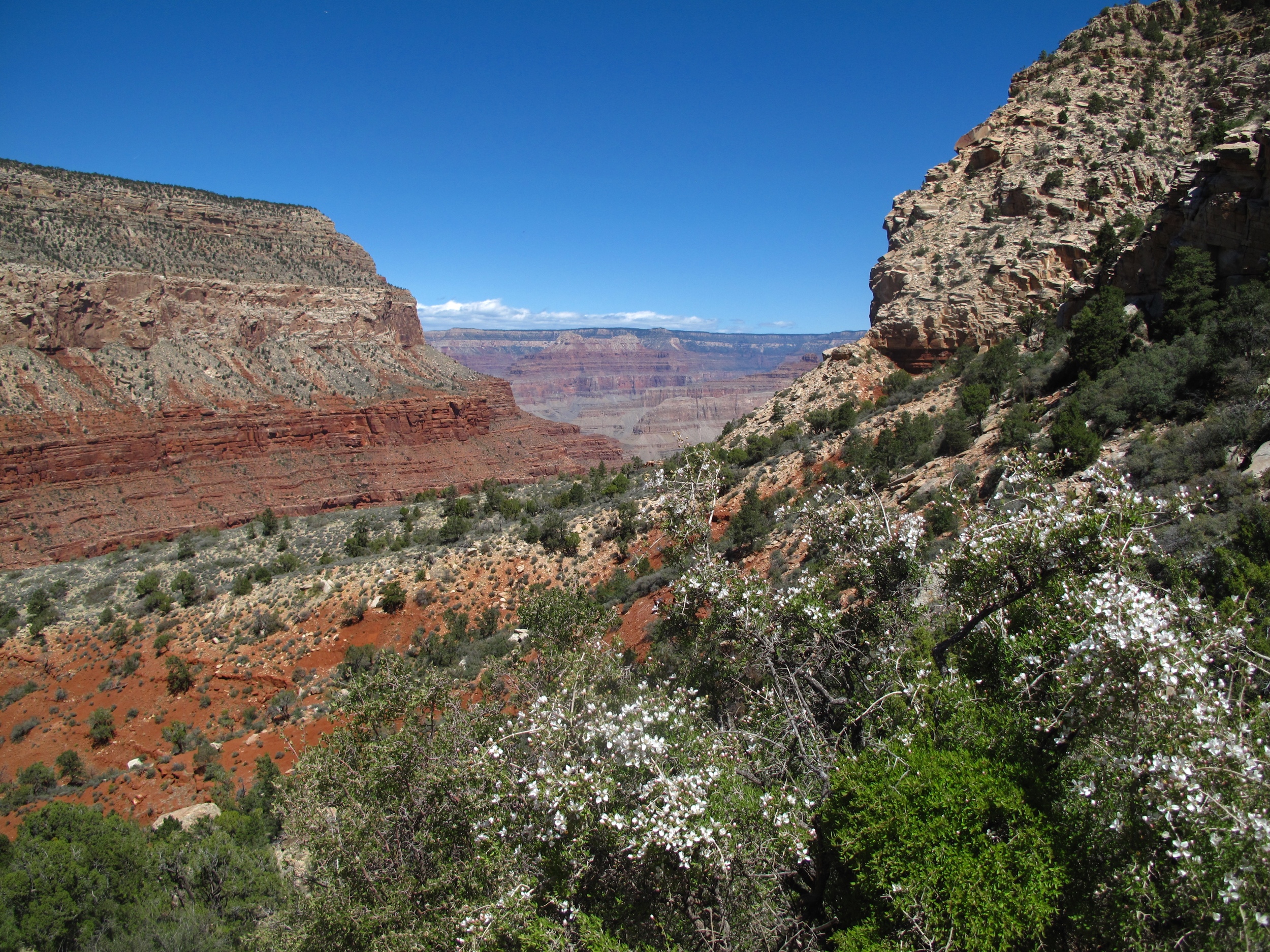DIGGING FOR ROOTS
Roots provide nourishment and support for plants.
Just as family provides nourishment and support for humans.
Lanark is the hometown of my mother's mother. It is the stage of the many stories I have been told. It is the soil in which my family placed their roots after moving to the States from Germany. It is the Earth from which I came; it nourished my Grandmother who then nourished my mother who nourished me. I owe much to that one small town, and to my family there.
THEN AND NOW
Grandma once told me about her father's airplane, which he built from scratch. She told me that her father would take her on flying trips and, when she was old enough, he taught her how to fly. I stood in the kitchen with this white haired woman and discussed the practicalities of loop-the-loops. It all seemed a little surreal. When in Lanark, I visited the small airstrip that belonged to my Great Uncle Herb, and saw firsthand the legacy of my grandfather's interest in airplanes.
Grandma told me that she loved to swim, and in her youth, she could swim the length of a lake no problem. In Lanark, I saw a pond where the she and her peers would have gathered. Back then there was a diving board on the edge of the grassy bank.
Grandma told me about her father's line of profession when I was fairly young, too young to understand the word 'undertaker,' at any rate. Later, I came to realise that he was a kind of funeral director. I asked her for more information on this, and she told me about the funeral home they had owned, and the small snippets of her memories there. She told me that my forefathers had been undertakers for several generations. In Lanark, I stood outside the small clapboard house marked 'Russell Frank Funeral Home,' not quite believing that this was that very same place.
Grandma often told me of her mother's library, the biggest personal library in the region. I imagined shelves upon shelves of books, mostly fictional stories - mysteries and science fictions - much like my Grandma's own bookshelves. I imagined my Great Grandmother sitting at the table reading to her husband over the top of her glasses, saying "Listen to this Huestis..." In Lanark, I saw a small portion of my Grandmother's great library - those books that had not been donated. I scanned their spines with my fingers and looked through some of the aging pages. I would have liked to read them all, given the time.
BITS AND PIECES
Whitewashed clapboard houses.
After a heavy bout of rain, the locals were out taking the opportunity to mow the lawns, and as my mother and I walked down shady tree lined paths, the sound was like a humming drone coming nearer and farther.
Mum attested to me that the shops have remained the same: an old general store selling all kinds of canned produce and watermelons, and the same pizza place on the corner.
The main drag of the town is contained within one block, and beyond that are houses, and beyond that are cornfields. Lots of them.
The ground rolls and bumps gently along, affording views far into the distance. Views of water-towers and of silos which once held the grain for the local cattle.
In the house of a family friend, we listened to Pachelbel's Canon on the harp, while the youngest girl attempted to show me all her stuffed animals.
The local diner hosts each and every old person for breakfast, and they chatter between eachother, and shake my hand, each one telling me how they knew my Grandma.
Uncle Herb showed me around the farm: the barn where my Great Grandmother got stuck in the rafters; the site of the old house; and the corn fields - where he dug his fingers into the dirt, searching for new roots.






